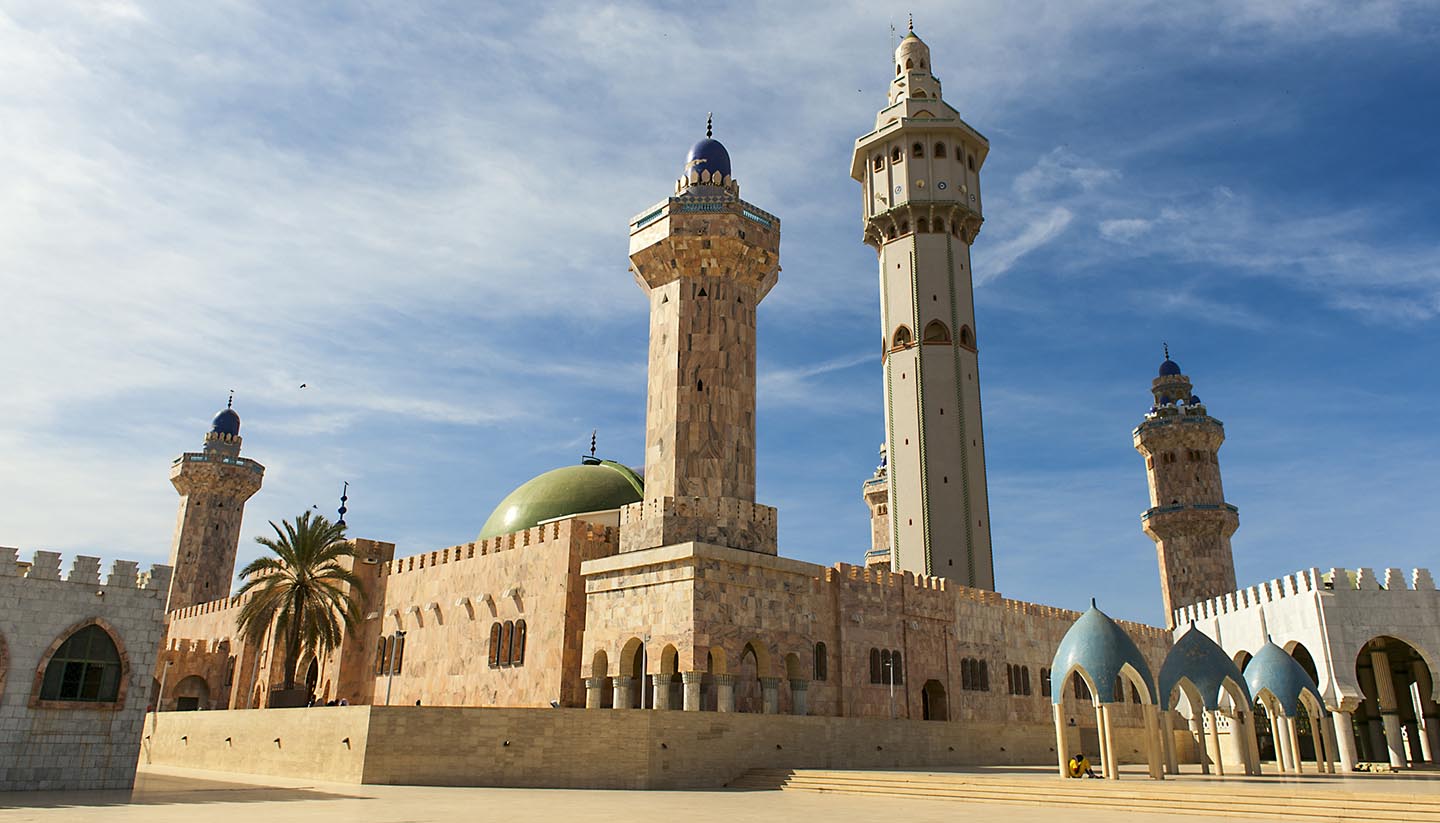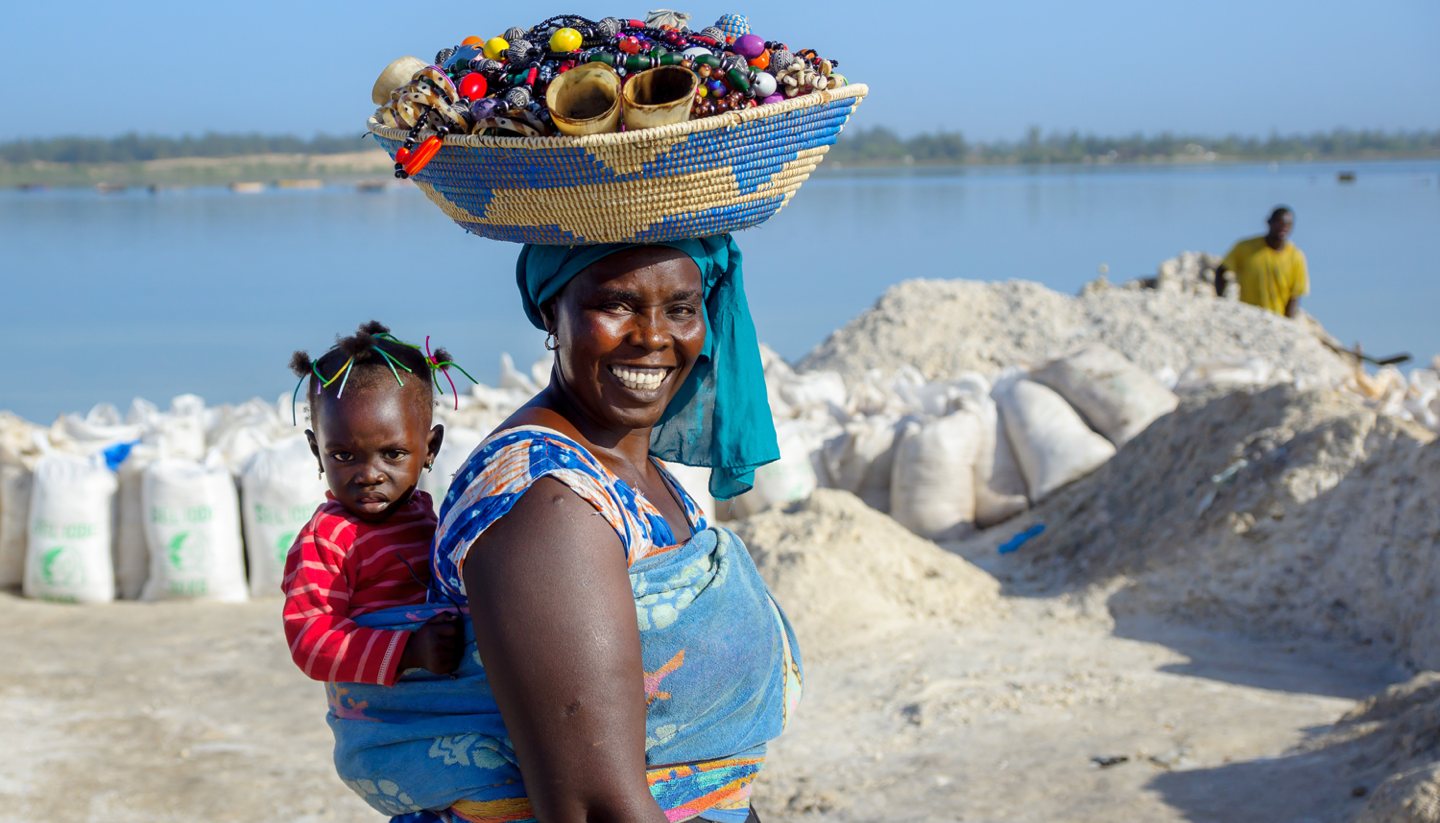Things to see and do in Senegal
Attractions in Senegal
Casamance
Casamance sits between the Gambia (which is a near-enclave within Senegal) and Guinea-Bissau. As the Gambia lies in between Casamance and the larger northern part of Senegal, Casamance retains a unique identity – many of its people have traditional beliefs, for instance.
Casamance, Cap Skirring
A town on the Atlantic coast, Cap Skirring sits on Senegal's southwestern corner, just a few miles north of Guinea-Bissau. Its sandy beaches and laid-back atmosphere make a fine base for tourists seeking to unwind.
Casamance, Kafountine
Small camps with a focus on ecotourism are taking shape in this fishing and farming village. Kafountine is also the starting point for canoe trips to the Karone Islands.
Casamance, L’île de Carabane (Carabane Island)
Hidden among the mangroves in the estuary of the Casamance river, L'île de Carabane is a perfect place for those looking for a quiet and relaxed location rich in history, local legends and culture.
Dakar
Senegal's capital, Dakar is a buzzing and fast-growing city with a hive of activity happening at almost every street corner. Mbalax (dance music of Senegal) is huge here and keeps the parties going till the next morning. Top attractions in Dakar include Musée Théodore Monod, its many colourful markets and the nearby island of Gorée.
Dakar, Musée Théodore Monod (IFAN Museum of African Arts)
Musée Théodore Monod, also known as the IFAN Museum of African Arts in Dakar, is the country's main museum. It has a collection of masks, statues, musical instruments and traditional attires from West Africa.
Dakar, Senegalese wrestling match
Senegalese wrestling (lamb ji) is hugely popular in Senegal. The stakes are high in some of these matches, with the winner taking home the equivalent of $100,000 euros or more. With so much at risk, fighters need more than physical strength. They have a marabout (spiritual guide) taking them through rituals that combine tribal dancing and traditional prayers before each match. In 2018, China built a national wrestling arena in Pikine, a suburb of Dakar, so catch a wrestling match if you're there.
La Petite Côte (Little Coast)
From south of Dakar, la Petite Côte (Little Coast) stretches for some 150km (94 miles) to la Pointe de Sangomar and is one of the major tourist destinations in Senegal. With a stunning coastline, idyllic climate and a number of good hotels, this area has become a magnet for European sun lovers.
La Petite Côte, Palmarin
Palmarin is a village on the southern stretch of Senegal's Petite Côte. To the west are the sandy beaches skirting the expanse of the Atlantic Ocean. To the east is the protected National Reserve de Palmarin, a patchwork delta consisting of mangrove channels, salt flats, grasslands and forest. This unique combination of habitat supports a wide assortment of plant and animal life.
La Petite Côte, Popenguine
Popenguine is a member of Global Ecovillage Network of Senegal (GENSEN). It is known for its natural reserve (managed by a local women's group), pristine sandy beach, and religious significance (known for the sighting of the Black Madonna).
La Petite Côte, Saly
Saly is a known base for visitors seeking sun and sea along La Petite Côte. Easily accessible from the airport in Dakar and blessed with a long stretch of golden beaches, visitors began to flock to Saly in the 1980s and since then, private villas and swanky resorts have sprung up around the area.
La Petite Côte, Toubab Dialao
Toubab Dialao is a fast becoming a cultural hub thanks to the school founded by dancer and choreographer Germaine Acogny (who is widely regarded as the mother of African contemporary dance). The beaches here are bounded by steep cliffs of red rock, considered to be a good place to catch beautiful sunsets.
Lac Rose (Lake Retba)
Lac Rose (Lake Retba) is known as the pink lake because of the unusual tint of pink that the lake displays at certain times of the year. The colour is caused by a type of bacteria which thrives in this salty lake and the pink shade is most vibrant during the dry season (November to June). The locals also farm salt here.
Lac de Guiers
The only freshwater lake in Senegal, Lac de Guiers attracts visitors for its wealth of birdlife, particularly waterbirds such as herons, egrets, spoonbills and ibises.
L’île de Gorée (Gorée Island)
Just off the coast of Dakar, L’île de Gorée was once the largest slave-trading centre on the African coast. Now a World Heritage Site and a pilgrimage destination for the African diaspora, the island has played host to many world leaders including President Mandela and President Obama. The top attractions on the island are Maison des Esclaves (Museum of the Atlantic Slave Trade), Mémorial Gorée-Almadies (a monument with gun turrets), along with boutique galleries and restaurants.
L’île de N’Gor (N’Gor Island)
L'île de N’Gor (N'Gor Island) is located a few minutes by boat away from Dakar. It has sandy beaches, great seafood, and surf camps ready for you to catch some of the best surf in West Africa.
Parc National des Oiseaux du Djoudj
Parc National des Oiseaux Du Djoudj is a birdwatcher's paradise located on the northwest, near the border of Mauritania. Created in 1971, the park extends over 16,000 hectares (39,500 acres) and is an important bird sanctuary, attracting more than 1.5 million migratory birds. Between November and April, thousands of birdwatchers visit this place, finding a spot in one of the watchtowers to observe birds in spectacular numbers.
Parc National du Delta du Saloum
Formed by the arms of three rivers, Parc National du Delta du Saloum is a network of channels surrounding over 200 islands and islets, mangroves and dry forest. One of the most remarkable features is its 218 shellfish mounds created by its inhabitants over the ages. Some of these mounds were burial sites.
Parc National du Niokolo-Koba
A World Heritage Site, Parc National du Niokolo Koba covers nearly one million hectares (2.4 million acres) and is rich in wildlife. Derby elands (largest of the antelopes), chimpanzees, lions, leopards, elephants all thrive here, but poaching, bush fires, and other human activities continue to be a threat. Its wetlands are also home to many species of birds, reptiles and amphibians. The park is about 560km (348 miles) southeast of Dakar.
Saint-Louis
Founded in 1659, Saint-Louis was the oldest city on the western African coast and was the capital of Senegal from 1872 to 1957. Today, it is a thriving fishing port and home to Gaston-Berger University. Top attractions are the Faidherbe Bridge, Musée Jean Mermoz and Parc National des Oiseaux du Djoudj which is just 55km (34 miles) away. Every April, the city also hosts a jazz festival.
Tourist offices
Senegal Tourist Office in Senegal
Address: Ngor Virage – route de l'Aéroport BP , Dakar, BP 29 753Telephone: +221 33 869 6190.
Website: http://www.visitezlesenegal.com



